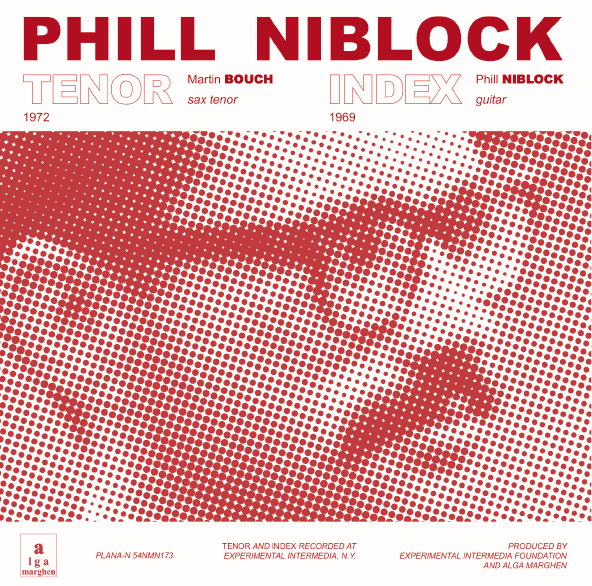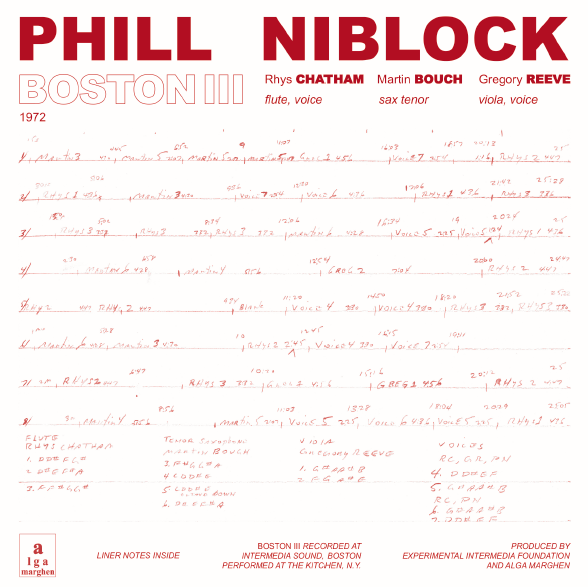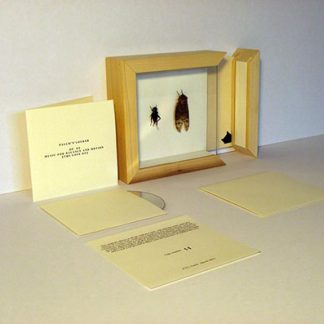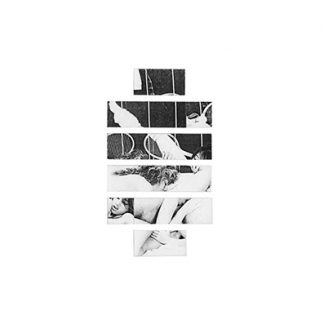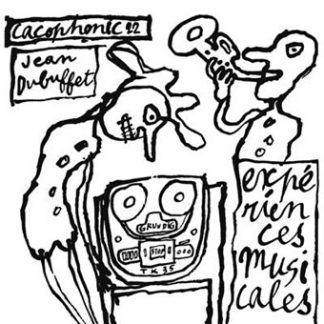Description
Phantastic archival release of recordings from 1969 & 1972!
Edition of 450 copies, including an insert with liner notes and photo.
“Phill Niblock “Boston / Tenor / Index”, presents for the first time some of the earliest works by the American composer, inluding the three never before released “Index” (1969), “Tenor” and “Boston III” (both from 1972), thus making it possible to discover Niblock’s starting point as a composer.
A filmmaker and photographer, Niblock began composing in the late 60s, while collaborating with the Judson Dance Theater in NY. As a composer his interest and field of research was connected to the layering of pre-recorded acoustic instruments into microtonal drones, which eventually led him to create some of the most unique tape collages in the second half of the 20th century minimal music. His earliest records, “Nothin To Look At Just A Record” and “Niblock For Celli / Celli Plays Niblock” were both issued by India Navigation in the first half of the 80s. Until now, it’s been impossible to encounter Niblock’s compositions from earlier than that period, a reality thankfully rectified by the long overdue publication of this “Boston / Tenor / Index” LP on alga marghen.
“Tenor” (1972) represents the first evolution of Niblock’s musical thought towards the aesthetics of microtones, overtones, and drones which the composer would develop in following decades. The piece was recorded by the photographer Martin Bough on tenor saxophone and gradually dubbed back and forth by the composer in his New York studio. The sounds by the performer are submitted to the composer’s techno-imaginative “acoustic optics” and deconstructed on behalf of structure, time and loudness. These specific aspects started to play an extremely important role in the artist’s path as a composer.
The audio materials activated in “Tenor” through technologically de- and re-composed sounding textures, became a vehicle for those sound anomalies that would determine Niblock’s audio poetics. Performing gestures are deconstructed though disseminating and editing processes by the imperceptible gestures of the composer. With its smooth flowing structure, “Boston III” (1972) stands at the very beginning of this illusion. It was recorded at the Intermedia Sound studio in Boston with Rhys Chatham (flute, voice), Martin Bough (tenor saxophone), Gregory Reeve (viola, voice); the composer himself also contributed with his voice. Using a 16-track Ampex tape recorder, at that time the world’s newest recording device, Niblock was able to superimpose the recorded tones obtaining the desired aesthetic result which finally led him to a mesmerizing, immersive sound, a “very big, fat sound at fairly large volumes”.
The LP also includes “Index” (1969), an improvised sound performance by the composer himself. The listener is lucky to listen to (and imagine) the movements of the artist’s fingers hitting a guitar string and the soundboard in breathtaking tempo. The piece itself represents early minimalism in its virgin state, untouched by distancing technology. Persistent percussive rhythm and corresponding resonances are irregular, the finger beats suffer natural dysrhythmia. Niblock’s way of playing is very muscular here. It is more devoted to pure sensuality than to an intelligible order. This music is inscribed in the performer’s body, it is a “body in a state of music”. Guitar (both its body and strings), fingers and fingering fuse in a vehement action around which barely listenable sounds and resonances vibrate. Considering the extended pulsation as an organic blend of impulse, rhythm, drive, strength, vitality and passion, the end of this sole solo in Niblock’s complete oeuvre is not defined by the fixed duration of the piece but as the consequence of the tiredness of the performer.
As Niblock stated “This music is architectural. The intent is to fill the space. It’s non-frontal music, non-proscenium space, anti-stage, not about an ensemble sitting in front of an audience, not about a single sound source. At least four speakers systems are desirable, arrayed around the periphery of the room, saturating the total space, engaging the air”.
The music changes according to the loudness of playback. The interaction of the upper harmonics changes especially, with much richer overtone patterns being produced at louder levels.
PLEASE PLAY THIS RECORD LOUD.
Edition of 450 copies, including an insert with liner notes and photo.”

